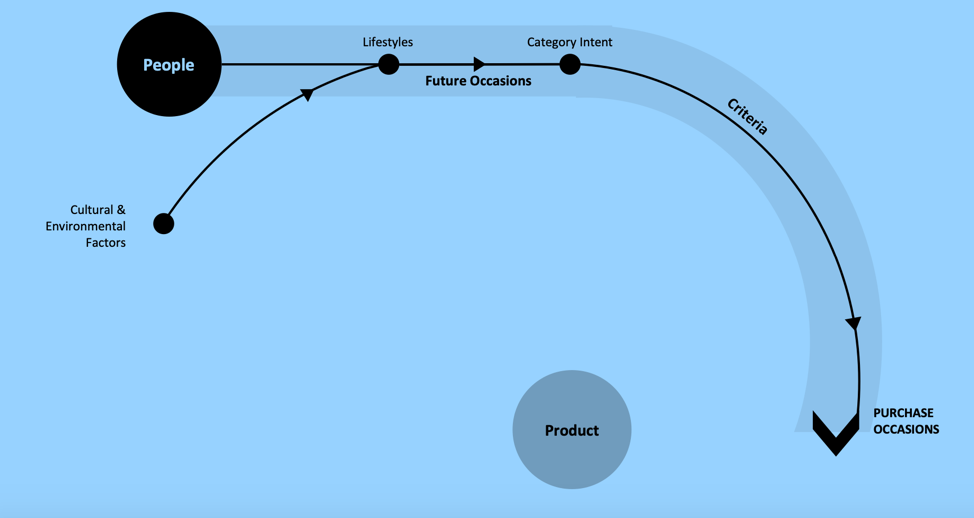Since we are both startup advisors and business school professors, we keep our eyes open for academic research that might be useful for startups. One important iceberg in the marketing ocean is Tactical Implementation. It’s easy to make mistakes in promoting a business that can be both expensive and a waste of money.
Over the last decade, there’s been quite the debate in marketing circles about which are the most important customers.










